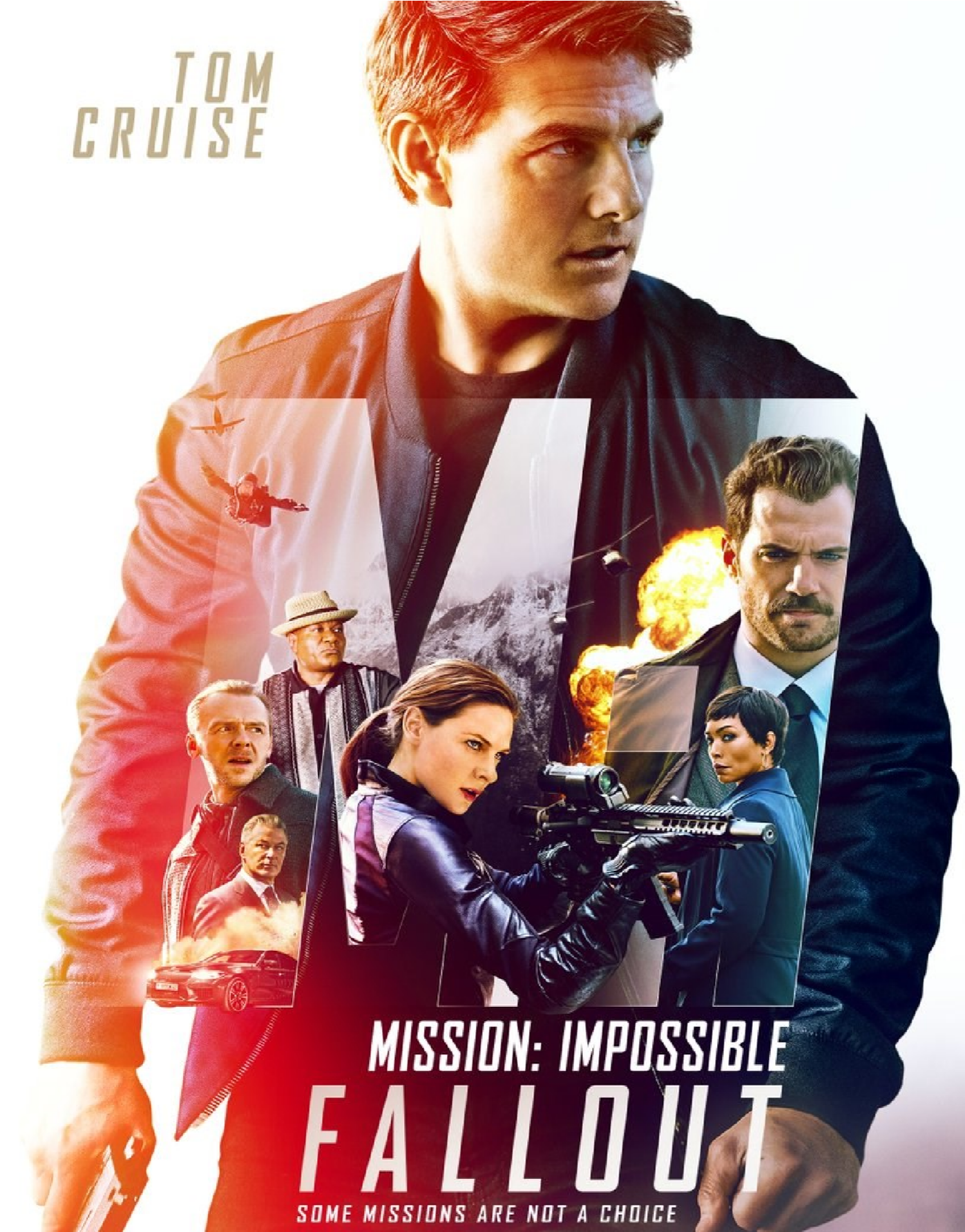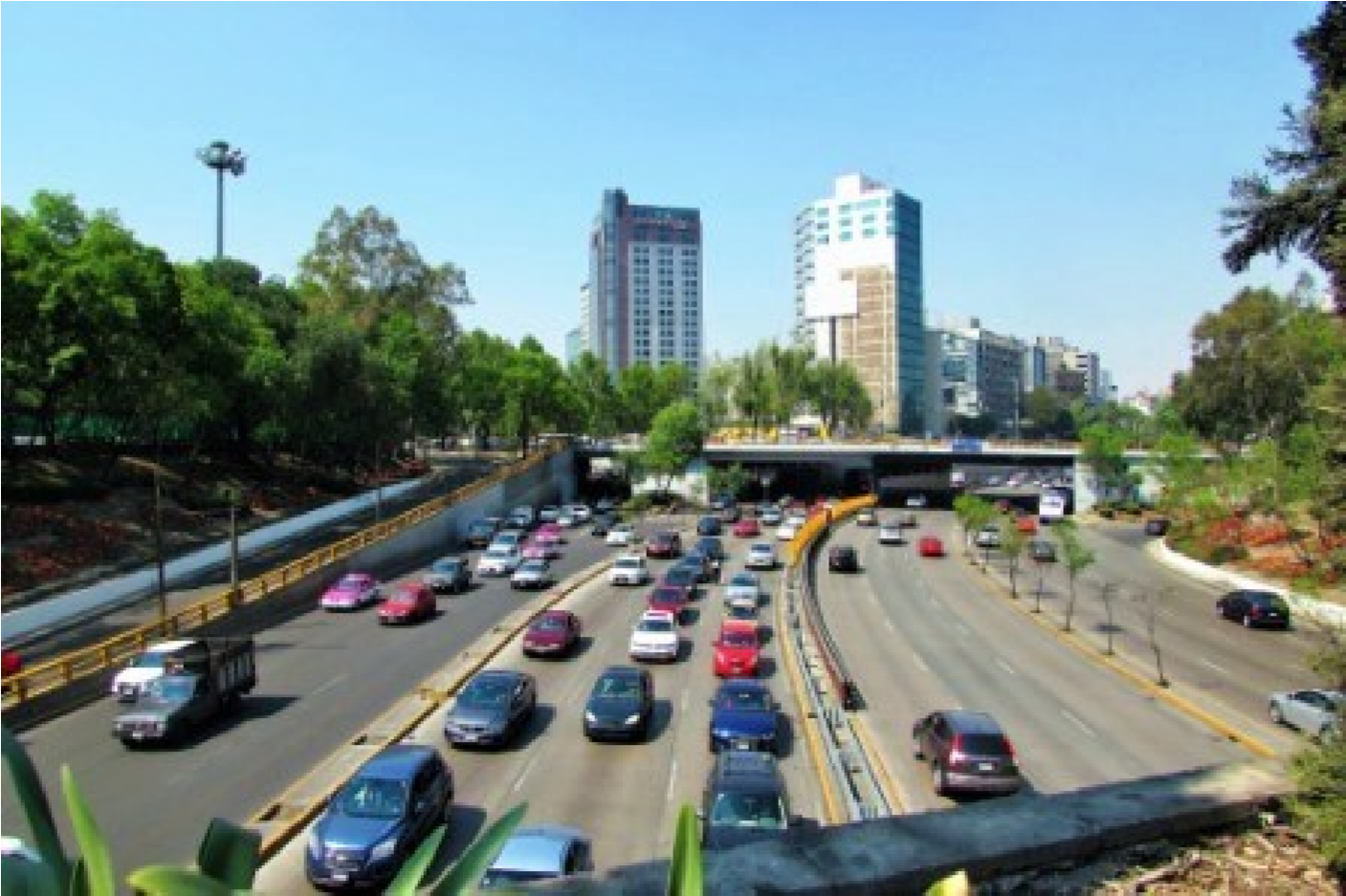By Suzanne A. Marshall from the July 2018 Edition
BARRANCA DEL COBRE
Having trudged through our wardrobes and revived our ‘cooler’ climate clothing and exchanged our flip-flops for walking shoes; we packed our bags and headed out to explore yet another ‘must see’ Mexican spectacle, the great Copper Canyon and a UNESCO World Heritage Site. Having friends joining us to share the adventure, we looked forward to eight days of exploration and sight-seeing and another experience into the unknown which I am about to share.
Located in the north-easterly area of the Sierra Madres and the southwestern part of the state of Chihuahua, Copper Canyon is a network of six distinct canyons, each with its own valley river which later all merge into the Rio Fuerte. As a singular unit, the canyon is 4-7 times bigger than its American counterpart, the Grand Canyon. The depth of the canyons, in particular the Urique Canyon, is well over 6000 feet and it is said that there are areas as deep as 8000 feet.
But it is different from the unique sandstone and granite display of the Grand Canyon. The Copper Canyon is largely green-ish and a patchwork of arid topography. The rim is alpine with trees such as pine and oak, while the valleys are subtropical and much warmer. There is often a display of cactus among them huge granite boulders and valley pines and grasses.
Our itinerary began with a bus ride from Manzanillo aboard one of Mexico’s first class bus lines (foot rest, adjustable seats, television, wifi, sandwich and drinks, etc.). Our booking took us directly to a stop at the Guadalajara airport. This gave us enough time to find our way around, check our luggage and board a flight destined for Los Mochis, Sinaloa. Here we stayed overnight at the Hotel Plaza Inn. A pleasant, clean and totally acceptable lodging. I should add here that it came as quite a surprise to discover that the airport terminal at Los Mochis is well out of town and it is necessary to arrange a taxi for a connection into the city.
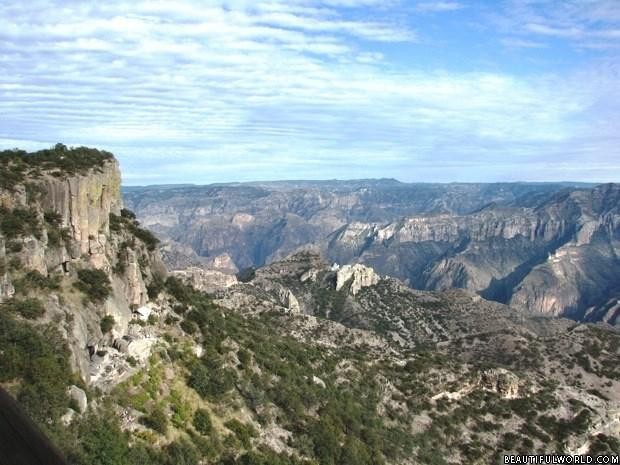
At the hotel, we arranged for ground transportation for the next day to take us to our first tour stop, El Fuerte. Here we checked into a magnificent converted mansion, the Hotel Torres del Fuerte. This was a delightful stay with interior gardens and dining areas, magnificent plants and foliage with lovely grounds to tour and enjoy. And enjoy we did. We ventured out into the streets and explored the shops and parks and ultimately ate dinner at a wonderful cathedral style restaurant with delicious food and great service.
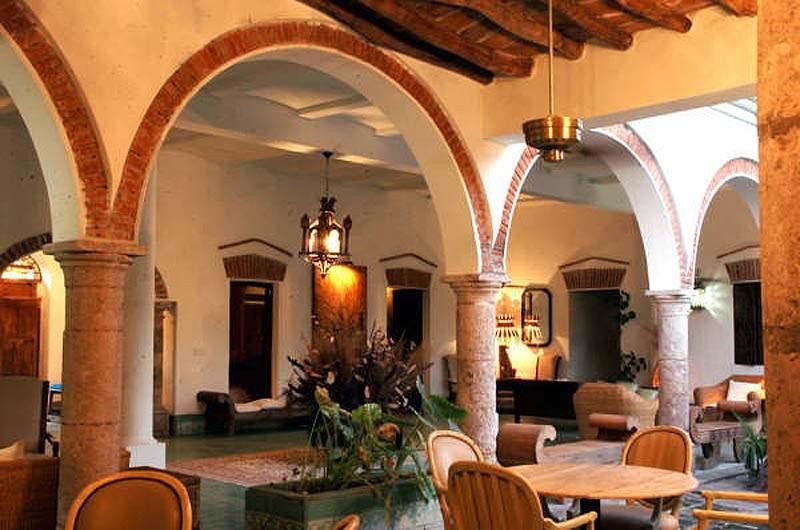
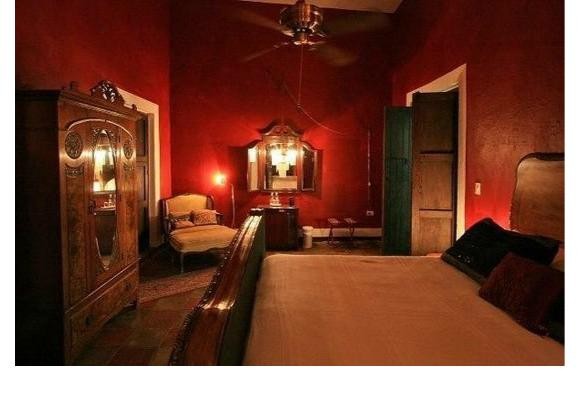
Early the next morning, we boarded the famous El Chepe Train (Chihuahua Pacific Railway) and our canyon tour commenced. The train and its rail line are feats of engineering, considering the 418 miles (673km) through the canyons. The tracks pass over 37 bridges and through 86 tunnels, rising as high as 7,900 ft. above sea level. Its construction began about 1900 but, with financial difficulties given the challenges of the rugged terrain, the railroad was not completed until 1961.
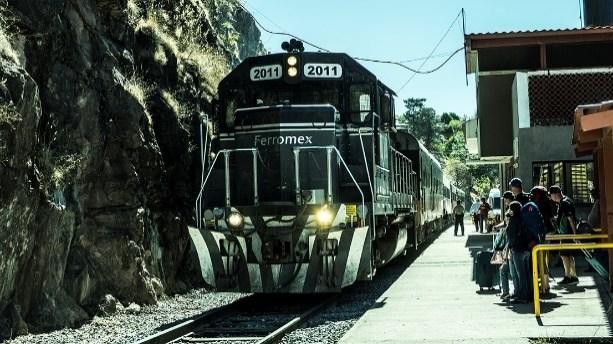
El Chepe, The Chihuahua Pacific Railway
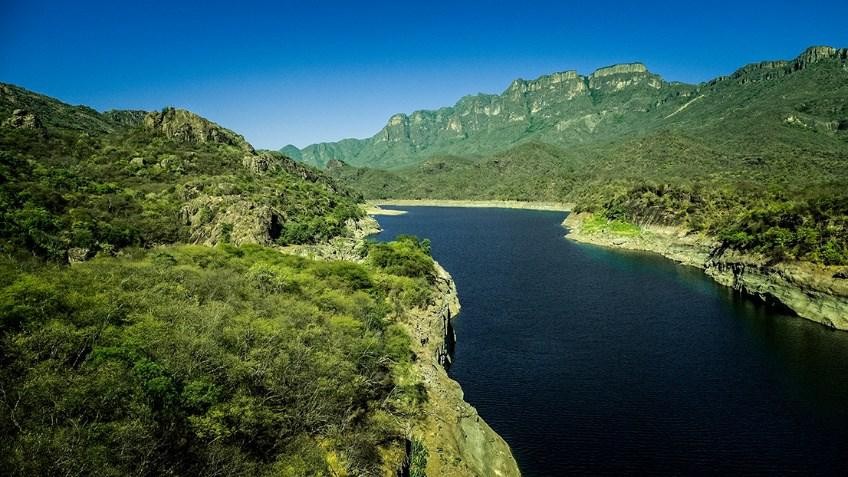
We weren’t sure what to expect when we boarded the train, but we ended up quite delighted with the large windows and comfortable seats for sitting and viewing the magnificent vistas that we passed by continuously. The train provided a dining car complete with menus and tasty food and drink.
For a few hours, we sat back and just absorbed as much as we could and took many photos until we arrived at Bahuichivo at noon and hopped into one of the waiting taxi vans that took us to our next overnight stay at the Hotel Mision Cerocahui a short distance away. Here we had almost a full day to explore the area until our next departure that would take us to Divisadero and our next touring stop.
Meanwhile, we enjoyed our rustic surroundings. Our hotel rooms were equipped with wood burning stoves and plenty of firewood. The rooms were laid out in separate buildings facing a small courtyard. All were connected to the main lodge and dining room. Given that it was November, we definitely made good use of the warmer clothing we had brought, though it was pleasantly warm during the daytime. At night we stoked the fires and were comfortable and cozy.
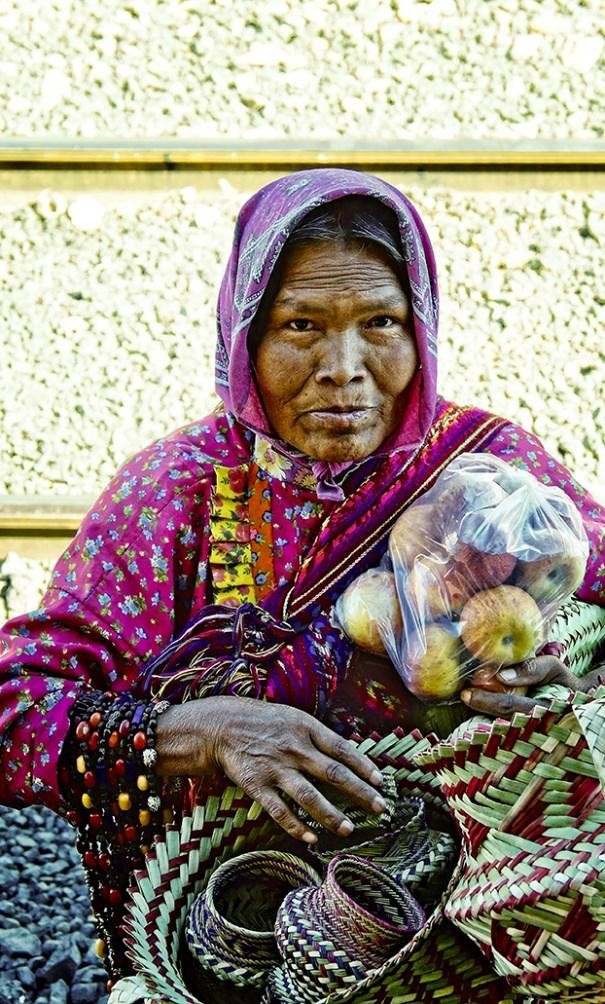
La Mision is indeed a small mission where there is a beautiful cathedral and a special school for girls aged 5 and up. The objective is to keep them safe, give them an education and there fore a better prospect for a meaningful life. Too often these young girls fall prey to abuse and the local farm families will travel miles to place them in the schools and to visit them whenever they can on weekends. We toured these places and saw the girls in their colorful skirts and scarfs playing like typical healthy young children. They have their own dormitories and are well fed. It was a real eye opener for us given the lives we all take for granted back in the US and Canada.
A short distance from the school and the mission there is also a vineyard which is producing some quite nice wines. This was initially considered a challenge given the elevation and climate. But it has succeeded and brings needed revenue for the people and the operations.
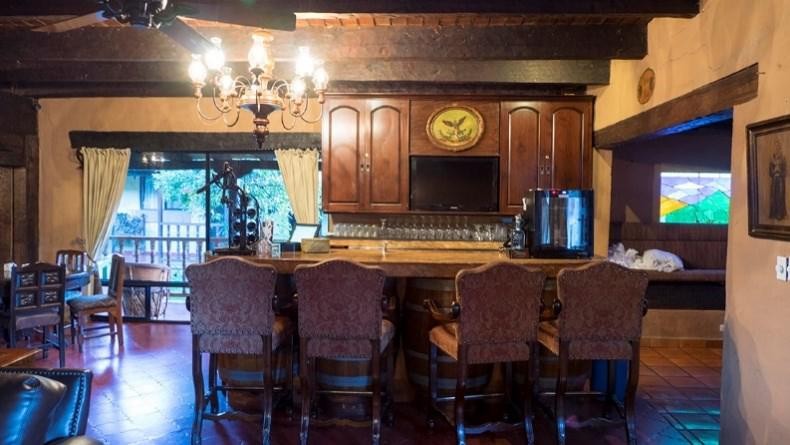
The next morning following a big breakfast and a tour of the winery, we were back at the train station awaiting our next leg of the trip on El Chepe. This short jaunt was just two hours from Divisadero where we checked into our next hotel, the Posada Barrancas Mirador. And from this location it seemed as though the earth disappeared beneath us. What a stunning spectacle.
Perched on the edge of the canyon just a short distance from Divisadero, the Hotel Mirador couldn’t possibly offer more splendid views of the Copper Canyon. Rooms and balconies are jutting out over the vista complete with a small balcony with table and chairs to sit and contemplate the magnificence. The dining room has, of course, windows from ceiling to floor and you can step outside from there to gaze while enjoying a drink or some coffee. The rooms also had fireplaces but were equipped with wall heaters that were in use during our stay.
Our friends, who are early risers, said the sunrise over the canyon was fabulous and we’ll have to take their word on that one. I have no doubts about it. There are trails that can be navigated down below the hotel among the trees and along various levels below. One must beware of the need to ascend back up from below. A bit of a task for the unfit.
So, I didn’t venture too far down as I knew our next day’s agenda included a cable car ride down into the floor of the canyon and that there was also a zip line facility which my husband intended to try. It was not for this ‘chica’, however. I stood ready with my iPhone to capture a video of the event. We were told that this was the longest zip line in the world (at least at the time).
I had no trouble believing it since my husband literally disappeared from view as he descended to the bottom of the can-yon. I kept on videoing until there was nothing to see. The rest of us hopped onto the cable car and joined him at the bottom. (Beware the 40-minute climb back up from the zip line landing to the cable car platform if no one mentions it.)
During this visit, we were able to cross a foot bridge to Divisadero and shop the local markets and artisans’ fair. This is al-ways a nice way to grab a piece of local art for a souvenir. I found a hand-made wooden violin with bow, gaily painted and The lobby of the Best Western Hotel, Creel, Chihuahua quite unique to place in our condo wall when we returned.
With two fantastic days under our belts, we hopped on El Chepe again for a short hour’s ride to Creel where we checked in at the Best Western Hotel. And when I say western I mean the most western type of hotel I’ve ever seen. Complete with antler candelabra, huge stone fireplace and wooden beam structures everywhere, it was delightful surprise.
We were each given a rustic cabin with all the amenities and were delighted to find ourselves in the heart of the city where we could walk about the shops and absorb the flavor of our surroundings. A delightful dining room awaited us in the large hotel lodge lobby later and we enjoyed an amazing Mexican dinner.
Creel is on a large plain in the state of Chihuahua, surrounded by nearby hills, forests and lakes. I later realized that we could have stayed a few days longer in Creel to see more of the sites. But, that would have to wait for another time as we were booked on El Chepe and moving on to the city of Chihuahua after our 1½ day stay and our eventual flight back home.
Nevertheless, the following morning we arranged for a local van tour and were taken sight-seeing on a tour that revealed some very unusual sites. For one, we visited a spot where some local Tarahumara (also known as Rarámuri) cave dwelling native people lived. They were very gracious, and I understand that they exist through raising animal stock, selling crafts and some amount of farming.
The Tarahumara peoples speak their own language and are famed for their distance running prowess. Over the centuries, they have been running between various villages and mountain trails and have been known to run all day long since they are so physically adept to this activity. The women and children dress in remarkably colorful skirts and tops which all have many tiny pleats. These, of course, are all hand sewn and part of their tradition. It is said that the Tarahumara population is somewhere between 35,000 and 70,000 people. (Our guide told us that he was Tarahumara himself but decided to learn Spanish and assume an easier lifestyle.)
Also, in the Creel area, there are several waterfalls and hot springs which are hidden away in the back country. These are only available by hiking, horseback or guided treks with burros. Our guide did take us to see some interesting rock formations such as ‘elephant rock’ and to a lovely lake where we could walk the shoreline and enjoy the views and fresh air. It was a wonderful and memorable day. This might be the point where many tourists of the area would
take one of the returning trips on El Chepe and wind their way back to their starting point. We however, decided since the city of Chihuahua was the final point for El Chepe, why not see the city and a couple of well-known spots.
So the next day we headed out and jumped on El Chepe for one last time. This would be the final leg of our trip. We anticipated the city of Chihuahua and visits to the University Cultural Centre Quinta Gameros and The Museum of Francisco ‘Pancho’ Villa..
The city of Chihuahua was more attractive than I expected. It was open and clean and laid out in a huge valley that climbed the hills in the distance. The population of Chihuahua city is over 800,000. We checked into our rooms at the Hampton Inn and found ourselves a taxi outside to take us to the Pancho Villa museum first. It turns out to be a lovely house (or mansion), constructed around 1905, complete with beautiful garden areas and chock full of interesting information about this notorious man.
Villa was once the governor of Chihuahua. He was also a general in the Mexican revolution and eventually led a group of
guerrillas and became involved in many battles and skirmishes including robbery and murder. But his heart was with the peo-ple and he fought for many of them. We were unable to take photos inside the rooms of the museum but suffice it to say it’ s worthy of a visit to view all the salvaged photos and artifacts associated with his life and times.
Pancho Villa was assassinated in a hail of bullets in his 1919 odge Roadster as he and three others were taking a drive. He was just 45 years old. He had a reputation as a generous benefactor to many commoners and was hailed as a hero by many. The museum was extremely interesting.
Within a short walking distance of the Pancho Villa museum is the University Quinta Gameros Cultural Museum. It is a Historic National Monument of Mexico. The mansion was built for Manuel Gameros Ronquillo, a member of the Porfirian elite. It was constructed and completed between 1907 and 1910, just as the Mexican Revolution was commencing. The Gameros family fled to the USA and the mansion assumed many iterations between ownership and its final purpose as a cultural center in 1961.
The architectural style is Art Nouveau and includes details of Rococo, Beaux-Arts and Second Empire architecture. It was truly entrancing especially as we slowly explored the interior rooms and the unbelievable Art Nouveau furniture from the Requena Furniture Collection. Everywhere one casts their eyes was a feast of design and application.
Wall murals, cornices, Tiffany stained glass, statues and elaborate furnishings left me stunned. So much for todays ‘use and toss’ furnishings. These will endure forever in my mind (though not always comfortable-looking). I had images of powdered wigs, bustled skirts and men’s tail coats and leggings, though this was a time when the world was tipping into a much more modern era and the industrial revolution. The photos in this article demonstrate my meaning. If you visit Chihuahua city, it is a ‘must see”.
And so, with this most unusual and unexpected tour of the Quinta Gameros Cultural Museum our list of activities was complete. We returned to our hotel for rest and dinner and prepared ourselves to head out to the airport the following day and board our flight back to Guadalajara and ultimately our bus ride home to Manzanillo.
I think, if we had had the time, we might have considered riding El Chepe all the way back to Los Mochis again, but we hadn’t planned for that and it was time to go home. To anyone considering the Great Copper Canyon tour, I would easily advise that it is a must see. You will not be disappointed with a good plan and plenty of time for exploration. You may even want to try that zip line.
(Author’s Note: Given the length of this article, I will summarize the contributions regarding photos as contributions from Suzanne A. Marshall, Allan J. Yanitski and free stock footage via Google where/when we were unable to take photos or wanted specific representation for the story.
Download the full edition or view it online
—
Suzanne A. Marshall hails from western Canada and has been living the good life in Manzanillo over the past 8 years. She is a wife, mom and grandma. She is retired from executive business management where her writing skills focused on bureaucratic policy, marketing and business newsletters. Now she shares the fun and joy of writing about everyday life experiences in beautiful Manzanillo, Mexico, the country, its people, the places and the events.

